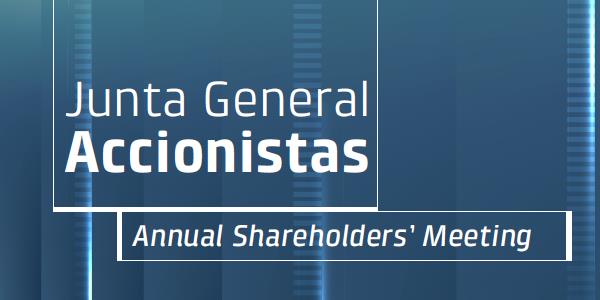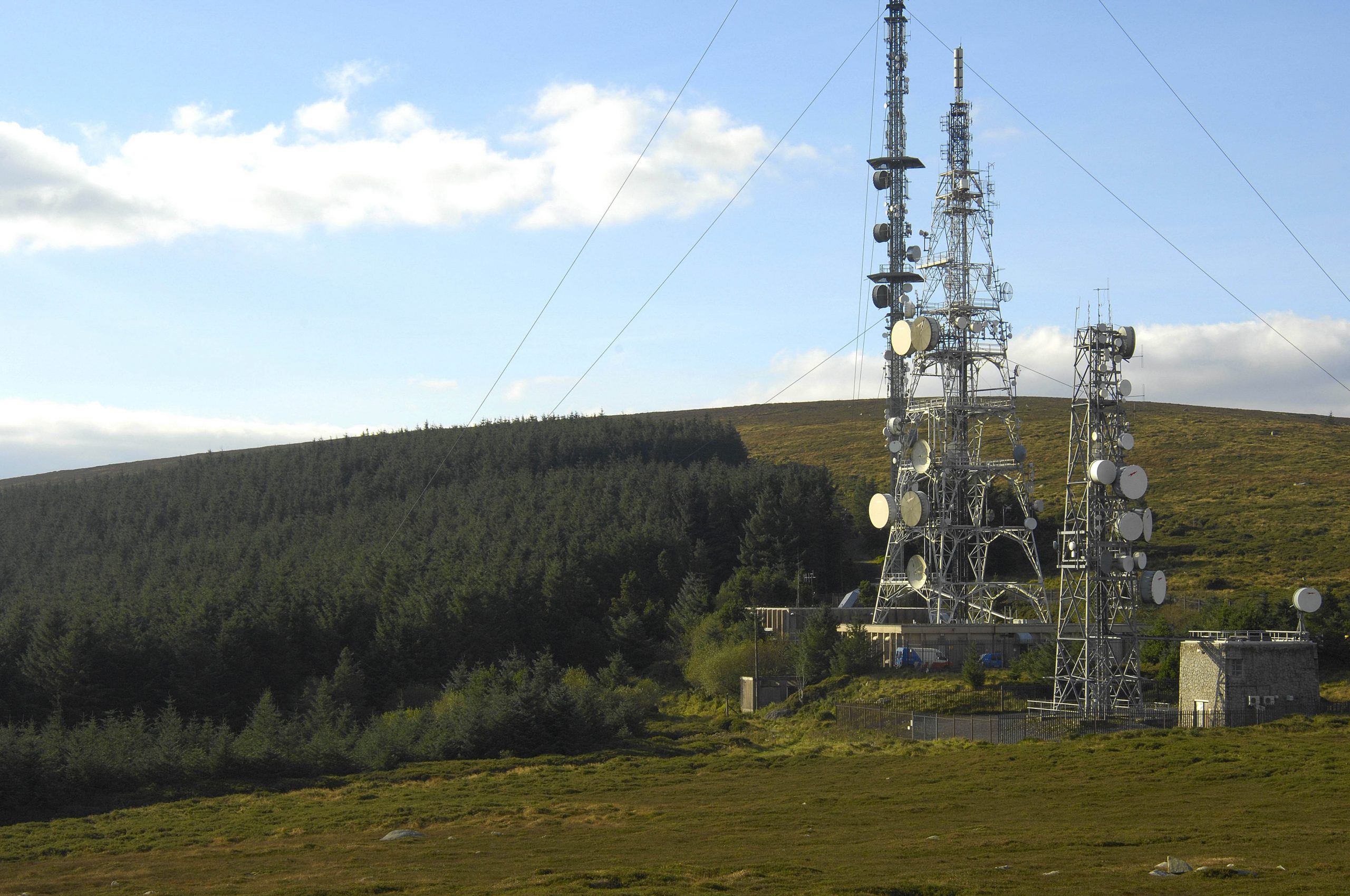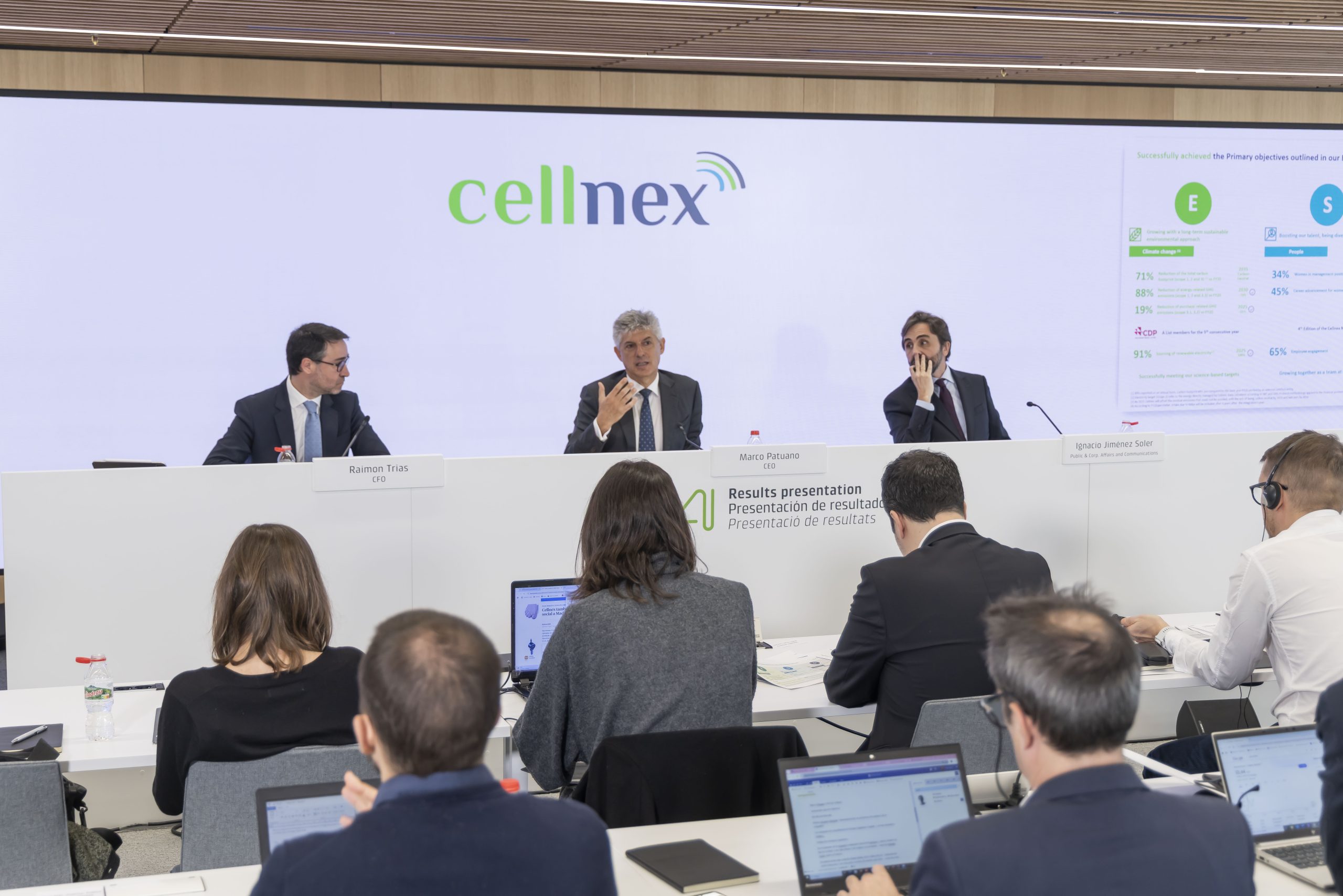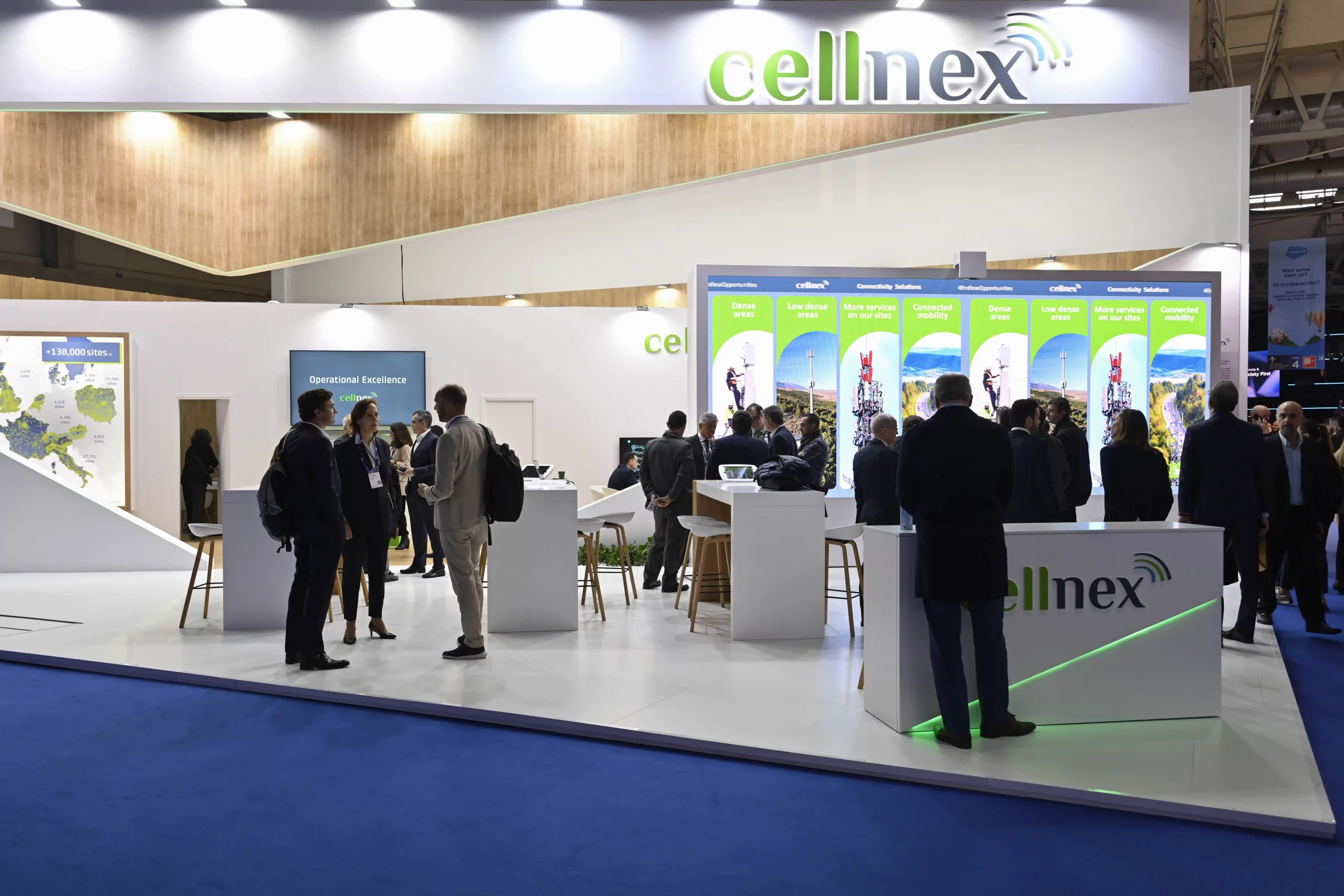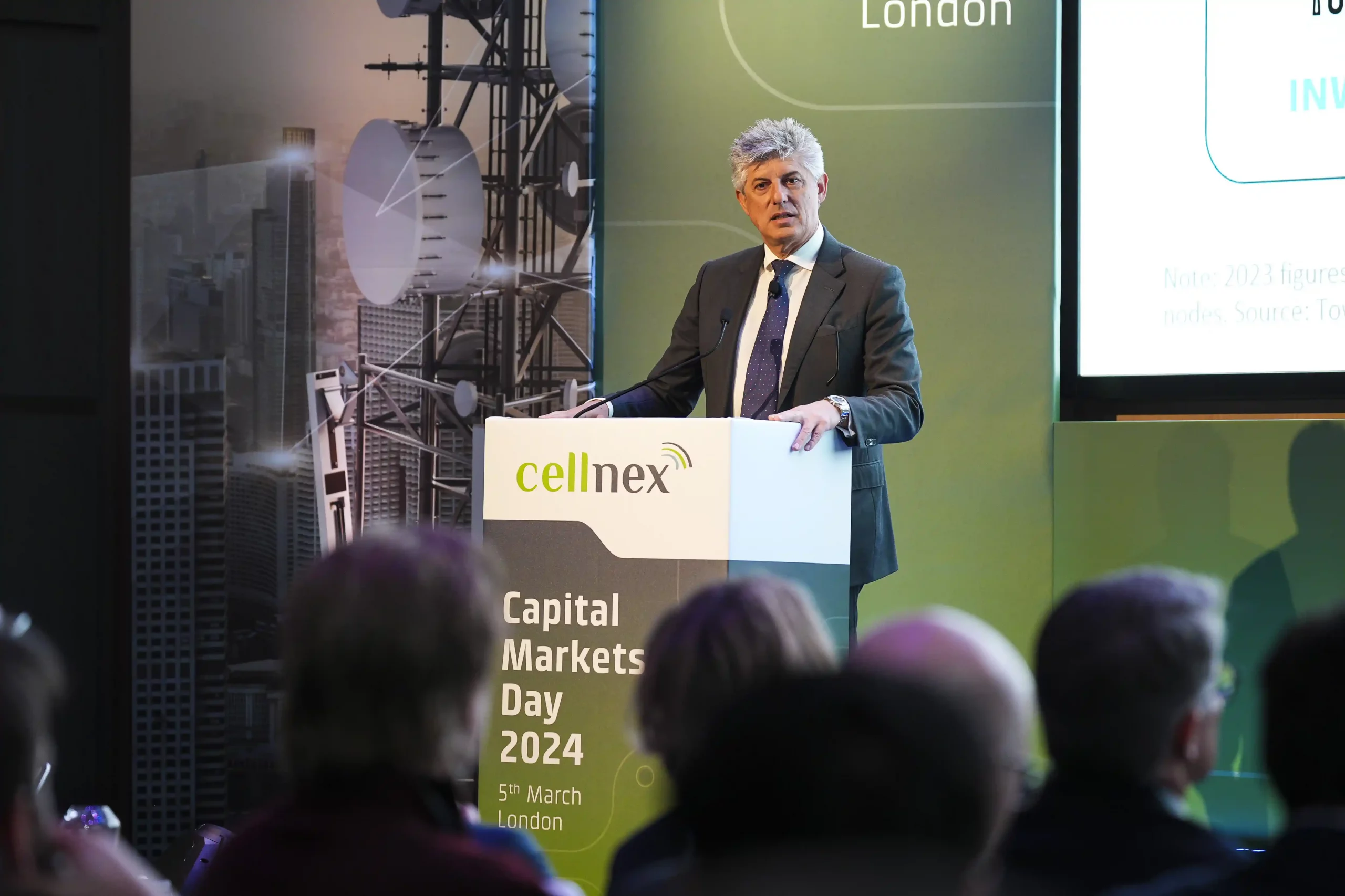
Success Case
Connected Street Infrastructure In London
UK
With around 180,000 people living in 6.3 square miles, the London Borough of Hammersmith and Fulham has a highly concentrated demand for telecoms connectivity. Cellnex holds the concession to use the borough’s street assets for telecommunications purposes. We worked closely with Hammersmith and Fulham to select street light column locations that would deliver the greatest benefit in the area.
Key features of this project:
- Shared infrastructure – enables lower costs and faster deployment. Cabinets for up to four MNO small cells with power provided.
- Built-in architectural resilience – in the unlikely event of a fibre break, half the sites would remain operational.
- Dark fibre backhaul network – to 2 Points of Interconnect (PoI) at BT exchanges.
- Shared infrastructure – Omni or directional antenna with feeder system serving lamp columns. Cabinet space for MNO Network Termination Equipment.
- Cellnex Service Desk – incident management, ticket raising andresolution tracking.
- Easy ground level access – for equipment installation and maintenance.
- Flexibility – to support backhaul connection of other site solutions
Challenges
In such an important and generally over crowded area, connectivity is essential. Residents and visitors need access to data at all times independently of current network saturation. In order to make the best use of the City of London, being connected while you are on the streets is nowadays a primary need.
Solution
The columns are connected by a brand-new 15km high density dark fibre network, which is multi-operator capable and provides the bandwidth for Mobile Network Operators (MNOs) to deploy advanced technology, including centralised C-RAN architecture and 5G. The network consists of a fibre ring with 90 cabinets and associated assets. It also enables network operators to benefit from infrastructure sharing.




















